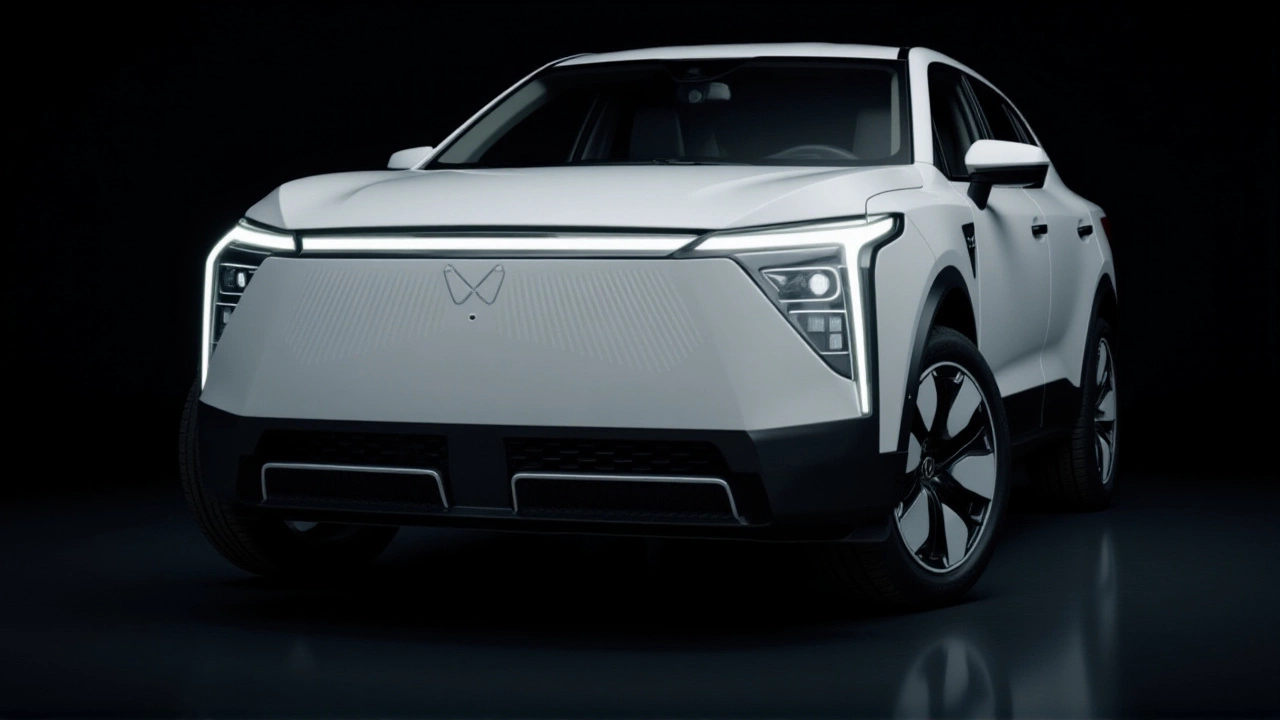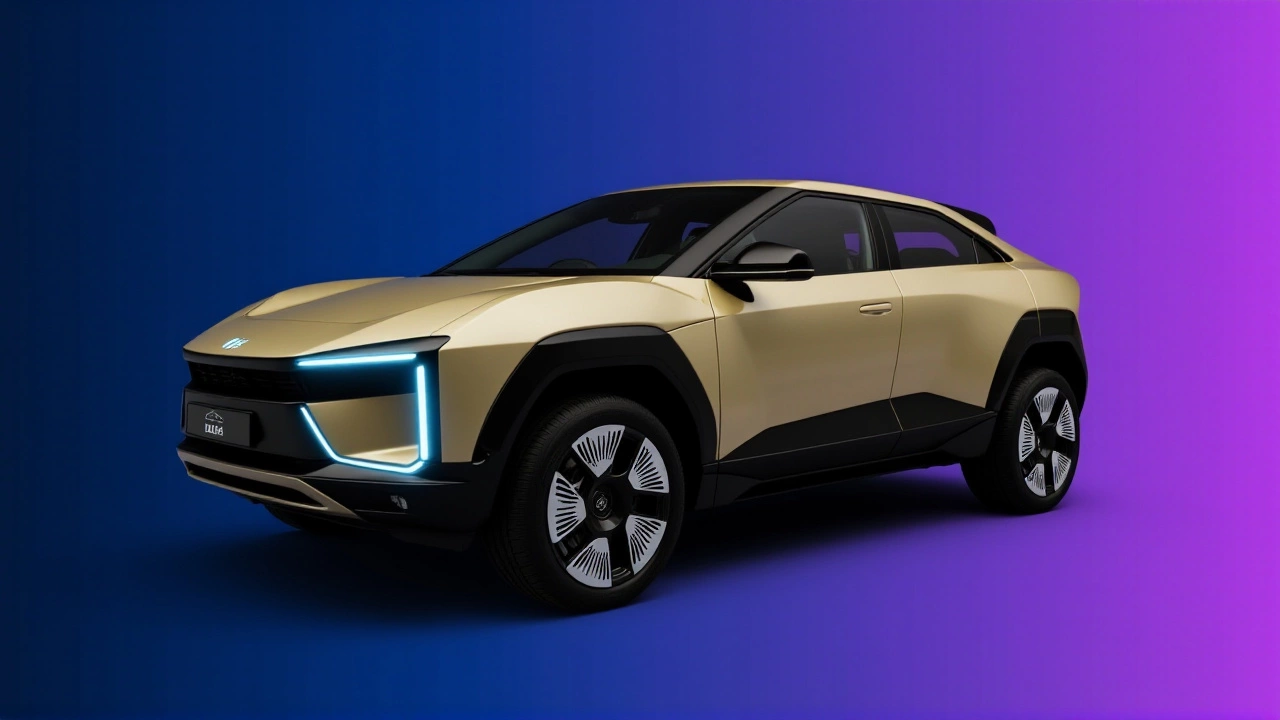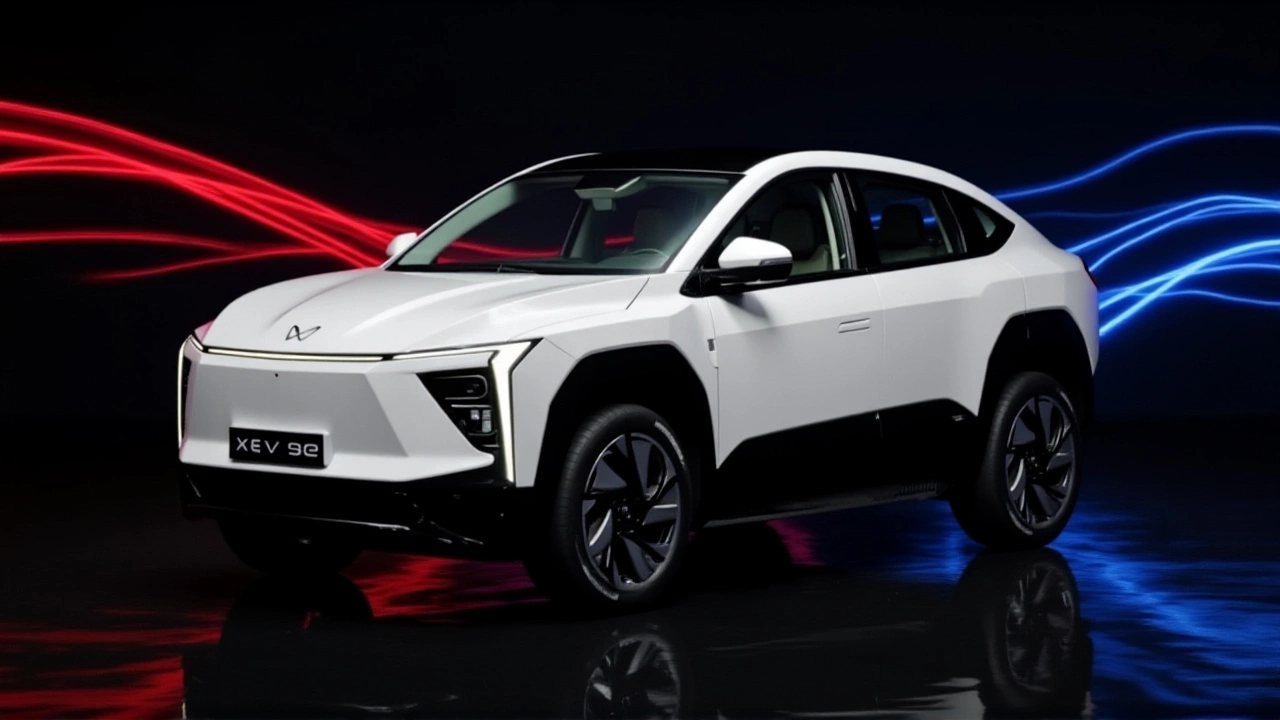On November 27, 2025, Mahindra & Mahindra launched the Mahindra XEV 9S in New Delhi — India’s first seven-seater electric SUV — with an ex-showroom starting price of ₹19.95 lakh. The vehicle isn’t just another EV addition; it’s a bold redefinition of what a family electric SUV can be. With a cabin space of 4,076 liters, a 0–100 km/h sprint in just 7 seconds, and a top speed of 202 km/h, the XEV 9S isn’t trying to be economical — it’s aiming to be exceptional. And it just might redefine the middle ground between mass-market and luxury EVs.
A New Platform for a New Family
The XEV 9S rides on Mahindra’s dedicated INGLO platform, engineered from the ground up for electric vehicles. Unlike adaptations of internal combustion engines, this platform allows for a flat floor, optimized weight distribution, and a lower center of gravity — all critical for handling and safety. The SUV is essentially the electric evolution of the popular XUV700, but with a seven-seat configuration that no other Indian EV has offered before. This isn’t just about adding two more seats; it’s about rethinking interior architecture to make every row feel spacious, not squeezed.
Power, Range, and Real-World Trade-Offs
Mahindra is offering three battery options: 59 kWh, 70 kWh, and 79 kWh. While the company claims the top-end 79 kWh variant delivers up to 679 km of range under ideal conditions, real-world estimates from Amar Ujala and Aajtak suggest a more conservative 500–550 km. That’s still impressive — and far ahead of most competitors like the Tata Safari EV or MG ZS EV. The 79 kWh version also delivers 210 kW of power and 380 Nm of torque, making it the most powerful EV in its class. For context, that’s more torque than the Hyundai Ioniq 7 and faster acceleration than the Tesla Model Y Long Range in city conditions.
But here’s the twist: only the top-spec ‘Pack Three’ and ‘Pack Three Above’ variants get the 79 kWh battery. The entry-level model, priced at ₹19.95 lakh, comes with the 59 kWh pack, offering around 400 km of range. That’s enough for daily commutes and weekend trips — but families planning long road journeys might want to wait for the higher variants. And if you’re buying the top-end ‘Pack Three Above’? You’re looking at ₹29.45 lakh — a steep jump, but one that includes premium features like Herman Kardon sound, Dolby Atmos, memory seats, and a panoramic sunroof.

Design and Comfort: A Cabin That Feels Like a Lounge
Step inside, and the XEV 9S feels less like a car and more like a living room on wheels. The 4,076-liter cabin space is the largest in any Indian EV. The command seating position gives drivers a commanding view of the road, while the third row is genuinely usable for adults — not just for kids or emergencies. Soft-touch materials, ambient lighting, and electronic parking brakes elevate the experience. Even the ground clearance stands out: 205 mm for the chassis and 222 mm for the battery pack, making it one of the few electric SUVs that can handle rough rural roads without fear of scraping.
It’s also one of the safest. With seven airbags, an i-Link adaptive front suspension, and a 5-link independent rear suspension, the XEV 9S is built for both comfort and crash protection. Mahindra’s claim of a lifetime battery warranty is a big deal — it removes one of the biggest fears buyers have about EVs: degradation over time.
Market Timing and Competitive Edge
The launch comes at a pivotal moment. India’s EV market is growing, but it’s still dominated by two-wheelers and compact hatchbacks. Seven-seater EVs? Nearly nonexistent. The XEV 9S fills a void. It’s not just competing with the Toyota Innova Crysta or the Tata Safari — it’s competing with the perception that electric vehicles can’t be family-friendly.
Test drives begin December 5, 2025, bookings open January 14, 2026, and deliveries start January 23, 2026. That’s a tight timeline — and it suggests Mahindra expects strong pre-orders. The company is betting that families will trade fuel savings for premium comfort, and that the combination of range, space, and price will be hard to ignore.

What This Means for India’s EV Future
The XEV 9S isn’t just a product — it’s a signal. If it sells well, it could push competitors like Tata Motors and Hyundai to accelerate their own seven-seater EV plans. It also shows that Indian automakers are no longer playing catch-up; they’re setting the agenda. The fact that Mahindra built this on its own INGLO platform, not by retrofitting an ICE vehicle, proves its commitment to the electric future.
And here’s the quiet win: this SUV doesn’t feel like a compromise. It doesn’t scream ‘electric.’ It just feels like a better family car. That’s the real innovation.
Frequently Asked Questions
Is the Mahindra XEV 9S really the first seven-seater electric SUV in India?
Yes, the XEV 9S is India’s first mass-produced seven-seater electric SUV. While some concept vehicles and imports like the Tesla Model X exist, none have been officially launched for the Indian market with a seven-seat layout and local pricing. Mahindra’s move fills a critical gap for large families seeking EVs.
How does the range compare to petrol SUVs on long trips?
The XEV 9S’s top variant offers up to 679 km on a full charge — comparable to a petrol SUV’s range on a full tank. However, charging infrastructure remains a challenge outside metro cities. With 150 kW DC fast charging, a 10–80% charge takes about 35 minutes, making highway travel feasible but requiring planning. For most users, home charging will be the norm.
Why is there such a big price jump between variants?
The ₹9.5 lakh difference between the base and top variants comes from the larger 79 kWh battery, premium audio, leather interiors, advanced suspension, and additional safety tech. The battery alone accounts for nearly 40% of the EV’s cost. Mahindra is using tiered pricing to attract early adopters while reserving luxury features for those willing to pay more.
Can the XEV 9S handle Indian road conditions?
Absolutely. With 205 mm ground clearance and a 222 mm battery clearance, it’s one of the highest-clearance EVs in India. The 5-link rear suspension and adaptive dampers absorb potholes and uneven surfaces better than most competitors. Mahindra tested it extensively on rural roads, including in Rajasthan and Jharkhand, to ensure durability.
What’s the warranty on the battery and motor?
Mahindra offers a lifetime warranty on the battery — a first in India’s EV market — covering degradation beyond 70% capacity. The electric motor and powertrain come with an 8-year or 1.6 lakh km warranty. This is a major confidence builder for buyers concerned about long-term ownership costs.
Will the XEV 9S qualify for government EV subsidies?
Yes, the base variant qualifies for FAME II subsidies, reducing the effective price by up to ₹1.5 lakh depending on the state. However, the top-end ‘Pack Three Above’ variant exceeds the ₹25 lakh subsidy cap, so buyers of that model won’t get the full benefit. Still, the entry price of ₹19.95 lakh keeps it within reach for many middle-class families.

